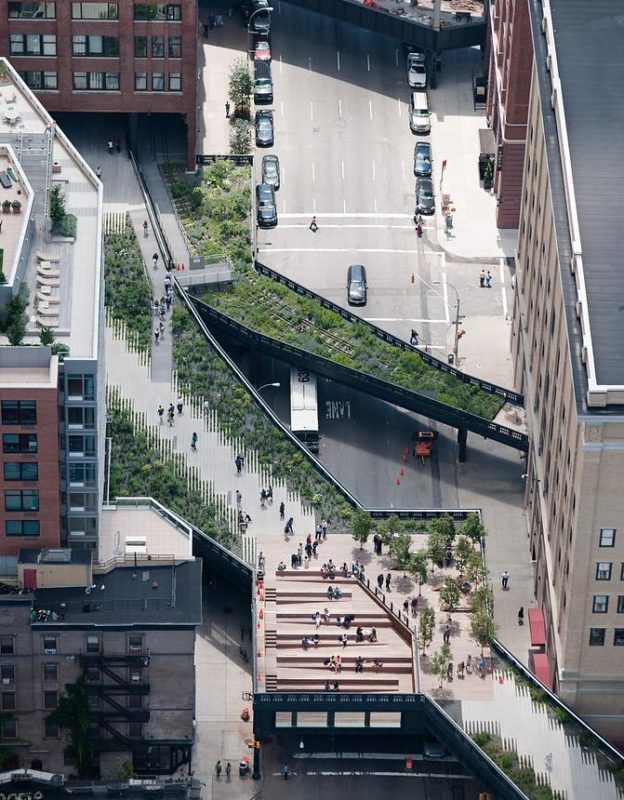
The building totaled 1.6 million cubic feet of insulated storage space and held four 150 ton refrigeration machines.

The Manhattan Refrigeration Company built the building you see before you in 1898.
THE HIGH LINE HOW TO
The southern end ( map) of the High Line: A/C/E to 14th St 1/2/3 trains to 14th St.įor information on how to buy a MetroCard and make the most of your money, read our blog post with helpful information.īy car: Driving to the High Line? Use Google Maps for directions, and Parking Panda to reserve a parking spot in the area.

The northern end ( map) of the High Line: A/C/E to 34th St/Penn Station or the 7 train to 34th St/Hudson Station.You can use these links regardless of how you choose to arrive. Gansevoort Street and Washington Street (elevator access)īelow, we have included Google Maps links under the subway directions.In addition, the High Line is home to a rotating display of artworks by artists from around the globe. The park also includes a number of individual or group seating areas with varied configurations, as well as a sundeck. In addition to a noteworthy variety of plants, the High Line contains several architectural features, including the so-called Viewing Spur, an observation area with bleacherlike seating and an outlook surrounded by a large frame. The park’s plantings, mostly native species, were designed to evoke the wild and spontaneous growth that had occurred on the tracks after the rail line fell into disuse. The design and planning of the High Line park was carried out by the firms James Corner Field Operations and Diller Scofidio + Renfro along with Dutch planting designer Piet Oudolf. According to High Line historians, the last train to operate on the tracks, in 1980, carried three cars loaded with frozen turkeys. Over the decades, however, interstate trucking began to compete with, and eventually replace, the service of the line’s cargo trains. The elevated line, which opened in 1934, rose to 30 feet (9 metres) above street level. It resulted in so many accidents and fatalities that stretches of 10th and 11th Avenue became known as “Death Avenue.” The ensuing decades brought continuing mayhem, and in 1929 the West Side Improvement Project was implemented it called for the construction of elevated railway lines and the elimination of street-level lines, the last of which were removed from 11th Avenue in 1941. The original street-level railroad that covered this area was constructed in the mid-19th century. Hear Ricardo Scofidio speaking about the inspiration and development of the design for the High Line in New York City See all videos for this article SpaceNext50 Britannica presents SpaceNext50, From the race to the Moon to space stewardship, we explore a wide range of subjects that feed our curiosity about space!.Learn about the major environmental problems facing our planet and what can be done about them!
/HighLine_WildflowerField_NYCCompany-MarleyWhite-5b104d08a474be003826e215.jpg)


 0 kommentar(er)
0 kommentar(er)
